Using Chin Botox to Address Dimpling and Creasing
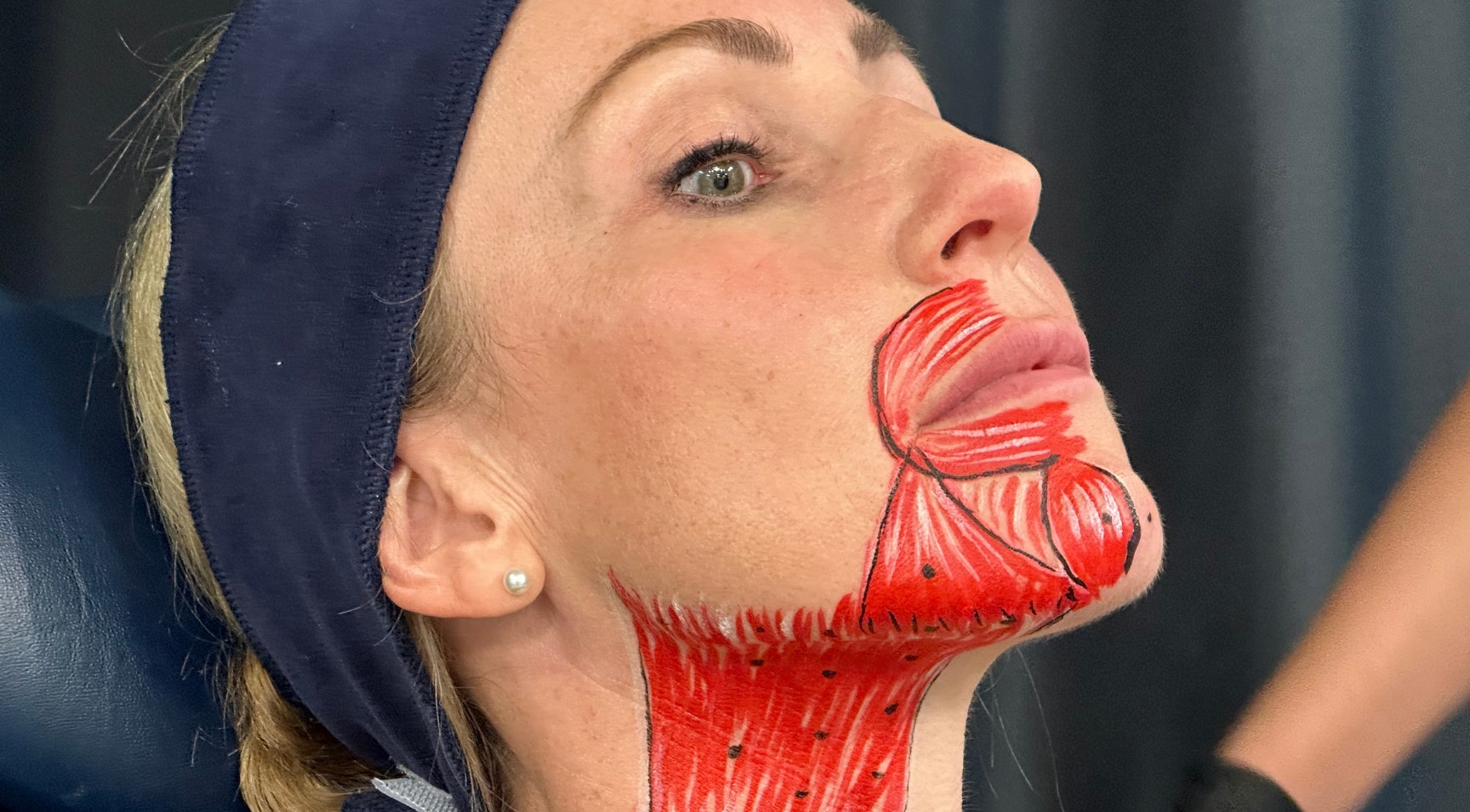
Chin botox can be used to address dimpling and a deepening labiomental crease. Both are common aesthetic concerns among ageing patients – and some younger patients too!
In appropriately selected patients, you can treat the chin with botulinum toxin (botox). This is generally considered a more advanced botox treatment.
Aesthetic medicine specialist, Paula O’Sullivan, RGN, provides her professional advice on:
- How effective treating the chin with botox is
- Marking up for this treatment
- The side effects aesthetics practitioners should be wary of.
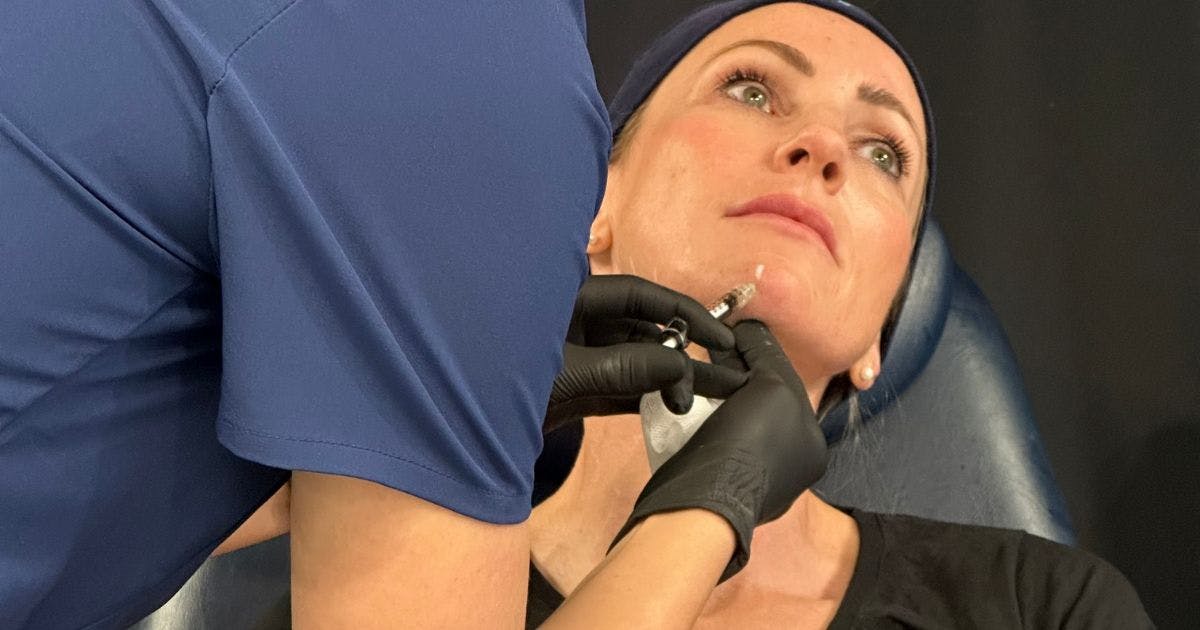
Botox can be used to treat the large mentalis muscle that sits within the chin and below the lower lip.
Paula explains that it’s an “effective treatment for patients that have a hyperactive mentalis muscle resulting in dimpling of the chin and/or an upturned mentalis muscle.” This concern can also contribute to a labial mental crease.
The toxin is used to “relax the mentalis muscle. This reduces the ‘cobblestone’ effect and softens the labial mental crease”, Paula notes. You may also hear this presentation referred to as a “peach pit chin”.
How effective is chin botox?
Paula states that the “effectiveness of the treatment depends on whether the mentalis muscle is a concern. It also depends on patient suitability.”
Assessing patient suitability for this toxin treatment
“To assess if the patient is suitable, ask them to purse their lower lip with which the mentalis will contract. If the patient’s chin dimples during contraction, then I would deem them suitable for treatment and expect positive results.
“If there’s no dimpling of the chin or the muscle doesn’t appear hyperactive, then there’s no need for treatment”, Paula advises.
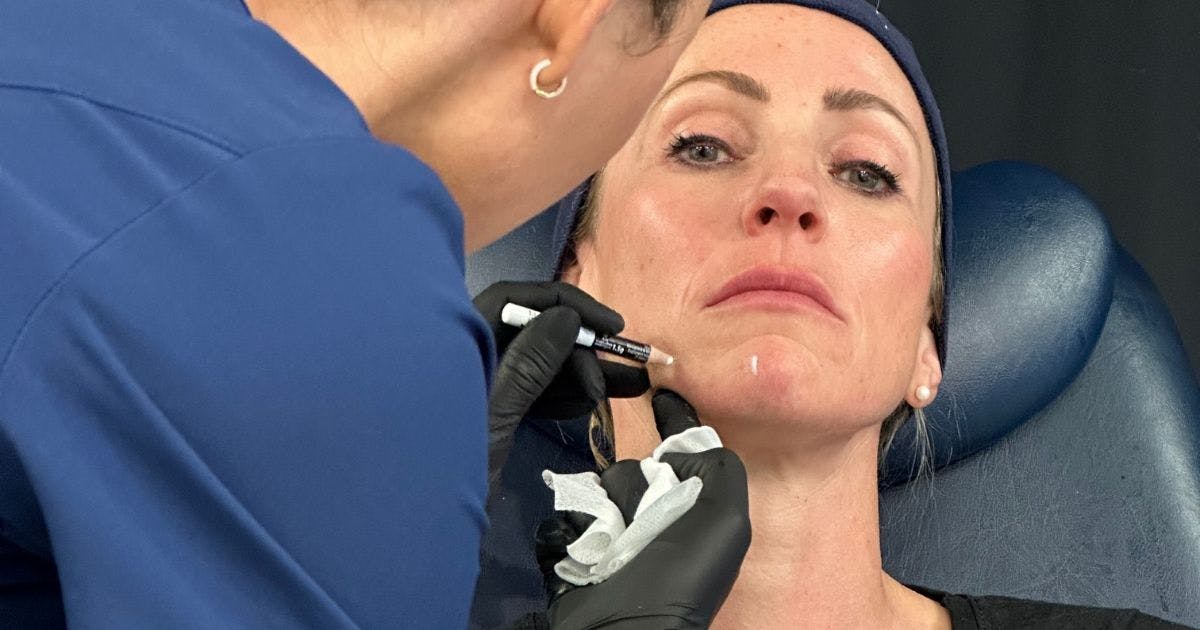
How to mark up for chin botox
“Landmarking for a chin relaxing treatment is relatively straightforward”, Paula notes.
“This is because the mentalis is a muscle that originates on the inferior aspect of the jaw and inserts into the skin of the chin and lower lip. It’s easily located and palpable during contraction. Mark up on the belly of the muscle, typically midline to the lower lip sitting on the anterior aspect of the chin's apex”, Paula explains. Injecting too laterally from the midline should be avoided as depressor labii inferioris is located nearby.
Injection tools & techniques for treating the chin
“Administer a deep injection of 4 units (u) using a 33 gauge (g), 8 mm needle in one single bolus”, Paula directs.
“If the contraction appears more lateral, then administer 2 x 2u injections on either side of the mentalis midline. This should help with safe and effective diffusion of the product”, she highlights.
How long do chin botox results last?
Paula advises, “Chin botox results are typically effective for approximately 12 weeks. They can also be variable from patient to patient.”
Downtime is minimal and unwanted side effects are rare.
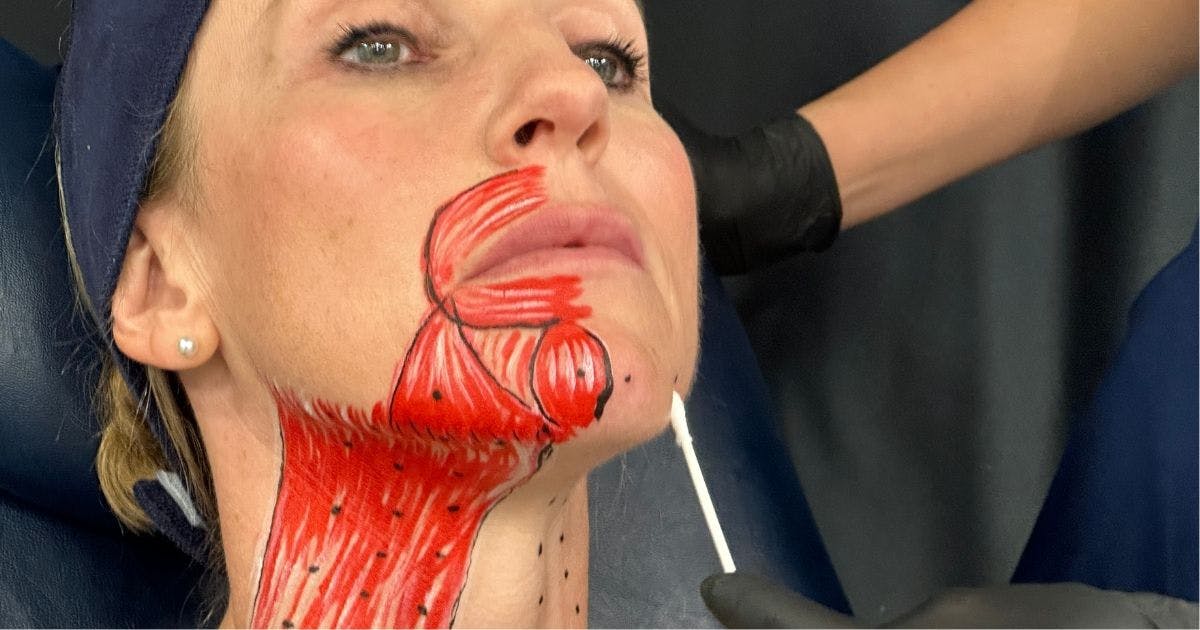
Unwanted side effects aesthetics practitioners should be wary of
“If unwanted side effects do occur, they could present as asymmetry to smile and lower lip heaviness if the nearby depressor labii muscle is affected.”.
“Unfortunately, the only resolution to this is time. The effects will wear off over a 6–12 week period. However, Paula notes, “This side effect can be mitigated through clinical assessment and anatomical knowledge.”
“Another unwanted side effect is under-treatment of the deep muscle fibres. This will leave the surface of the chin without movement. However, at the same time, underneath some of the untreated strands of the mentalis muscle will continue to pull up causing contraction on the surface of the skin. This can be managed by adding additional toxin at a review appointment”, she recommends.
Treatments that pair well with chin toxin for rejuvenation
“Treating the chin with toxin can be paired with dermal filler for complete chin augmentation. A full-face assessment is required though to effectively plan the treatment to achieve the best outcomes for each individual patient. It’s also useful to consider that filler results are likely to have more longevity than toxin treatments.
“If your patient does require chin filler to improve their profile balance due to a retrognathic chin, I would target this issue first”, Paula stresses. Treating with filler here will stretch the overlying tissue reducing dimpling of the skin.
She continues, “If after 2 weeks the chin dimpling remains a problem, then toxin will help to relax the mentalis muscle.”
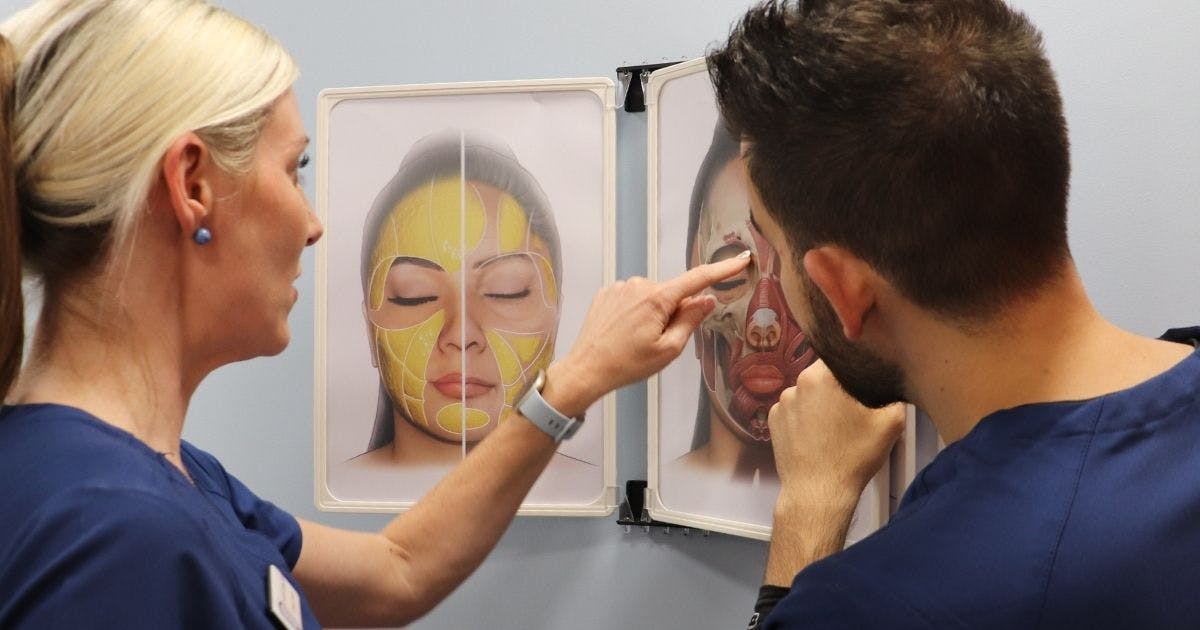
Develop your anatomical knowledge and injecting techniques
Get a gold-standard start to your career in aesthetic medicine! Our Level 7 Diploma in Botox & Dermal Fillers is a postgraduate level, Ofqual-regulated and JCCP-approved qualification.
As specialists in the field, our clinical trainers will guide you through anatomical knowledge, tools and injecting techniques. By the end of our Level 7 Diploma, you’ll have gained hands-on experience and confidence in treating your own patients for foundation procedures. You’ll develop a safe, ethical and educated approach to the cornerstone injectable treatments that most aesthetics practitioners build their careers on botox and fillers.
If you’re looking to take a more holistic approach, explore our Combined Level 7 Diploma & Cosmetic Dermatology course. Here, you’ll expand your skillset in both injectables and skin treatments, including Profhilo® .
Our Level 7 Diploma courses in injectables are open to doctors, dentists, nurses and clinical pharmacists. What many healthcare professionals don’t realise is that you don’t have to complete separate Foundation Training before you can start your Level 7. It’s included in your Diploma course - as is extensive one-to-one mentoring!
To find out more about what aesthetics courses are best suited for you, contact our Course Advisors! Book a free 15 minute discovery session and make the first step towards a new start in aesthetic medicine.
All information correct at the time of publication
Download our full prospectus
Browse all our injectables, dermal fillers and cosmetic dermatology courses in one document
By submitting this form, you agree to receive marketing about our products, events, promotions and exclusive content. Consent is not a condition of purchase, and no purchase is necessary. Message frequency varies. View our Privacy Policy and Terms & Conditions
Attend our FREE open evening
If you're not sure which course is right for you, let us help
Join us online or in-person at our free open evening to learn more
Our Partners












STAY INFORMED
Sign up to receive industry news, careers advice, special offers and information on Harley Academy courses and services

